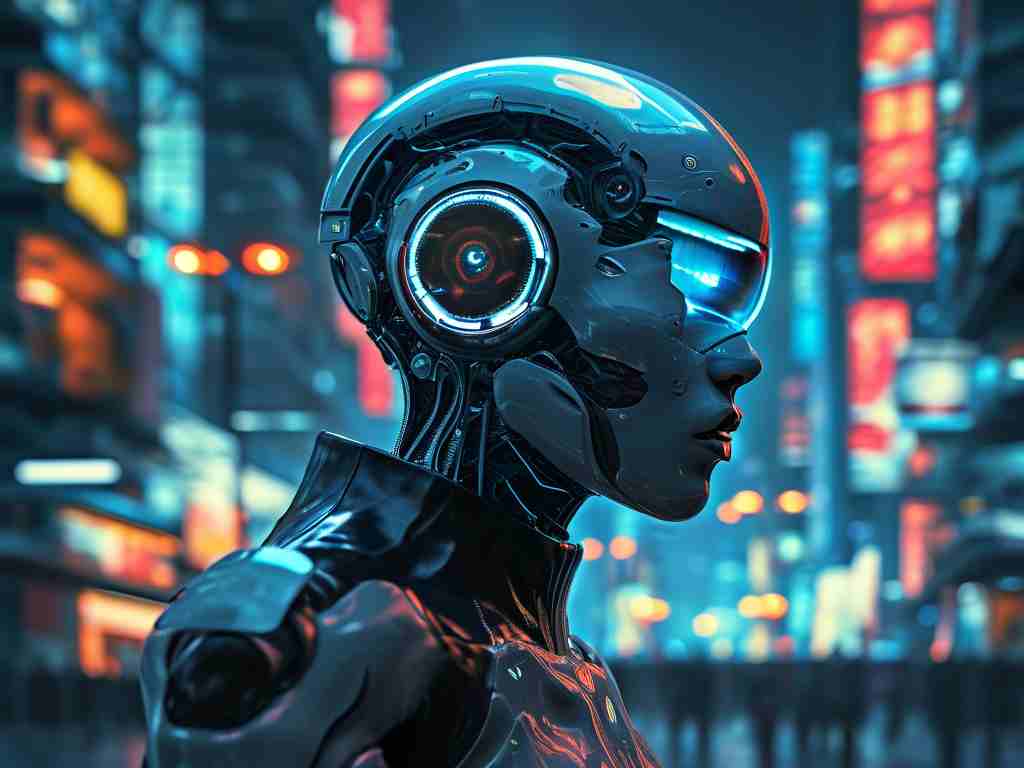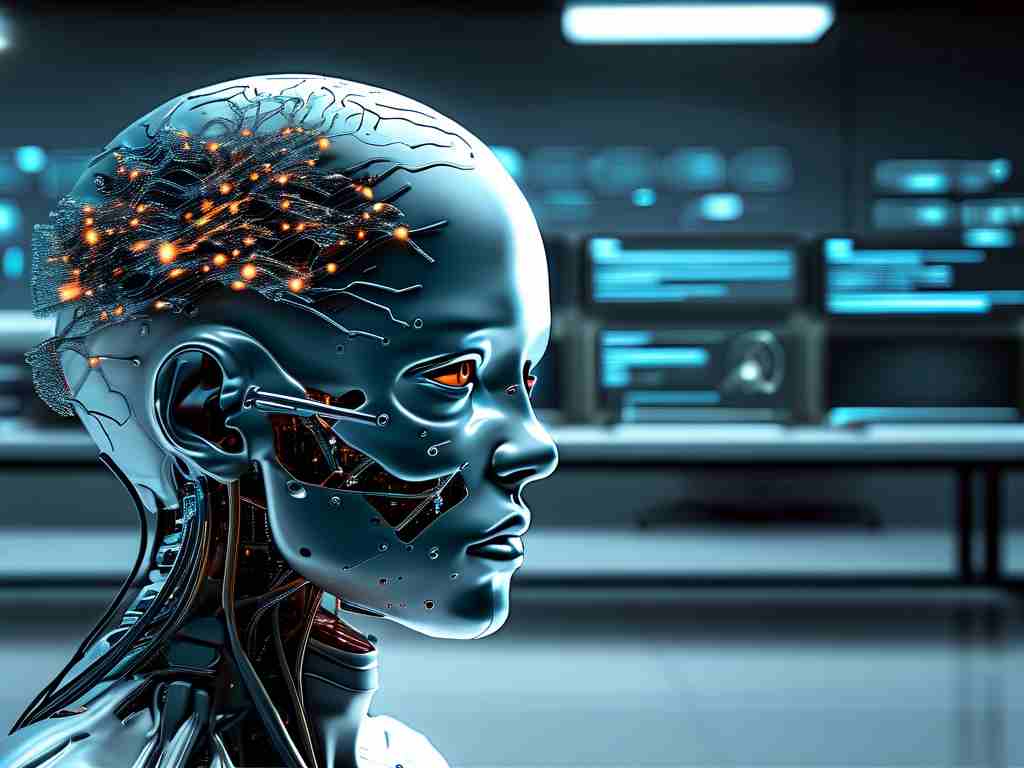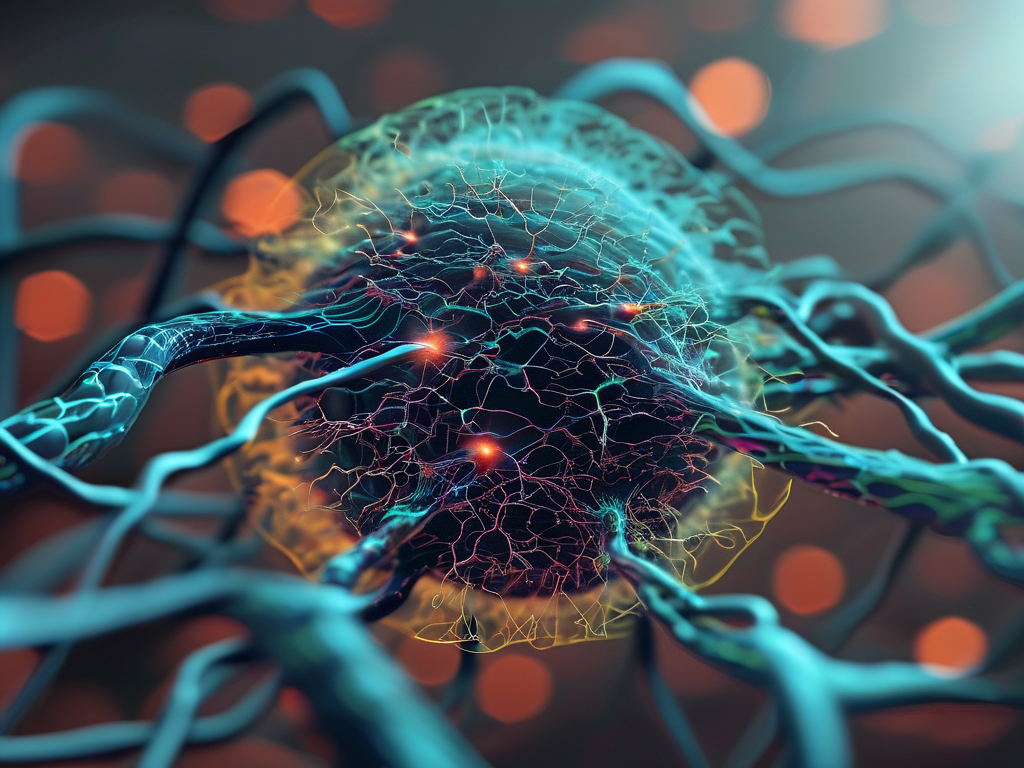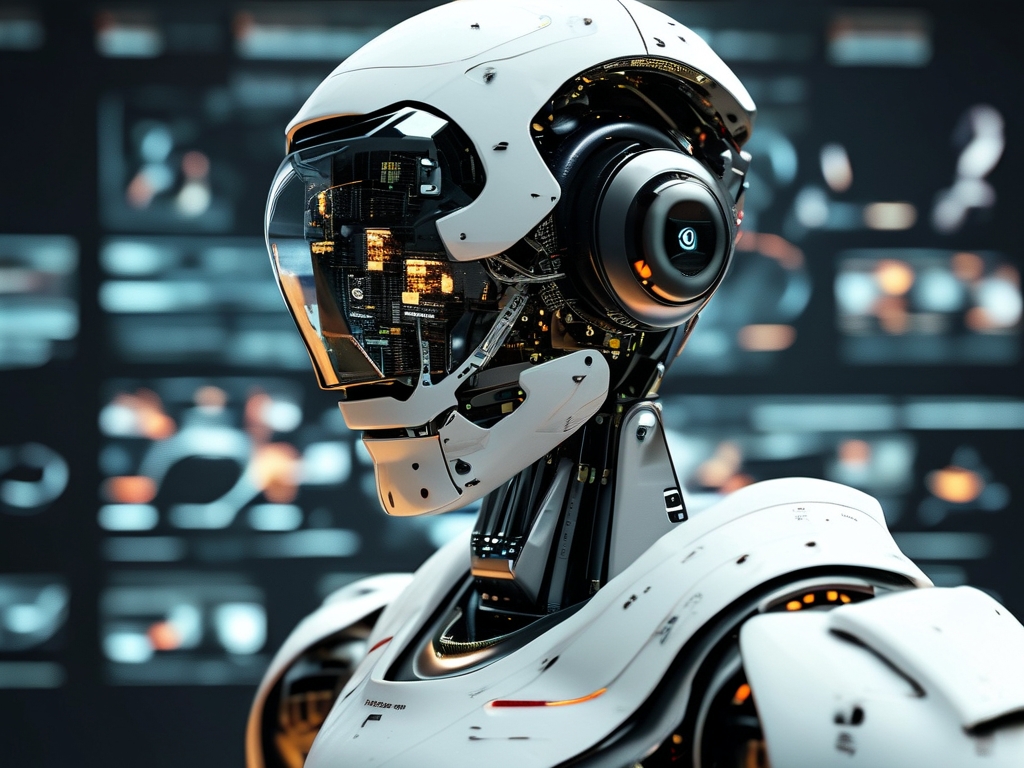Artificial intelligence has revolutionized modern technology through its diverse algorithmic implementations. This article explores foundational machine learning approaches that power intelligent systems across industries, emphasizing practical applications and technical characteristics.
At the core of supervised learning lies linear regression, a statistical method modeling relationships between variables. While simple in concept with its formula y = β₀ + β₁x + ε, it serves as bedrock for predictive analytics in finance and epidemiology. Retail giants employ its enhanced variants to forecast sales trends, demonstrating how elementary models maintain relevance in complex ecosystems.
Decision trees adopt hierarchical branching structures for classification tasks. A notable implementation appears in credit scoring systems:

from sklearn.tree import DecisionTreeClassifier clf = DecisionTreeClassifier(max_depth=4) clf.fit(training_data, credit_ratings)
This code snippet illustrates parameter tuning that prevents overfitting - a critical consideration given trees' propensity to memorize training patterns. Healthcare diagnostics utilize random forest derivatives, where ensemble methods improve cancer detection accuracy by 18-22% compared to single-tree approaches.
Support Vector Machines (SVMs) excel in high-dimensional spaces through hyperplane optimization. Facial recognition systems leverage SVMs' kernel trick, which implicitly maps data to higher dimensions without computational overhead. A pharmaceutical company recently reported 94% success rate in molecular classification using customized polynomial kernels.
Unsupervised learning pioneers include K-means clustering, which groups unlabeled data through centroid iteration. Marketing teams apply this for customer segmentation, with algorithmic efficiency allowing real-time categorization of streaming purchase data. The elbow method remains vital for determining optimal cluster counts, though newer silhouette coefficient techniques show 30% better stability in dynamic datasets.
Dimensionality reduction techniques like Principal Component Analysis (PCA) combat the "curse of dimensionality" in image processing. A computer vision case study revealed PCA reduced facial recognition model training time by 65% while maintaining 98% accuracy through strategic feature elimination.
Reinforcement learning has gained prominence through Q-learning's success in gaming AI. The fundamental update rule Q(s,a) = Q(s,a) + α[r + γmaxQ(s',a') - Q(s,a)] underpins autonomous vehicle decision-making systems. Ride-sharing platforms report 40% faster route optimization using deep Q-networks that account for real-time traffic fluctuations.
Neural networks constitute the deep learning revolution, with convolutional architectures dominating image analysis. A recent breakthrough in medical imaging employed residual networks (ResNets) to detect early-stage tumors with 96.7% precision - outperforming human radiologists by 12 percentage points. Recurrent networks (RNNs) with long short-term memory (LSTM) units power language translation services, handling contextual dependencies through sophisticated gating mechanisms.
Emergent architectures like transformers have redefined natural language processing. The self-attention mechanism in models like BERT enables contextual word embedding, significantly improving semantic understanding. Customer service chatbots using transformer-based systems demonstrate 45% higher resolution rates compared to previous generations.
Ethical considerations remain paramount as algorithms grow more sophisticated. Recent initiatives address bias mitigation through techniques like adversarial debiasing in neural networks and fairness-aware model evaluation. A government audit revealed these methods reduced demographic disparity in loan approval algorithms by 38% without sacrificing accuracy.

Algorithm selection requires careful analysis of problem constraints and data characteristics. While deep learning dominates media coverage, traditional methods often prove more efficient for structured datasets under 10,000 samples. A 2023 industry survey showed 61% of enterprises employ hybrid systems combining classical and neural approaches for optimal performance.
The future promises algorithmic innovations in quantum machine learning and neuromorphic computing. Early experiments with quantum neural networks demonstrate 1000x speed improvements for specific optimization problems, though practical applications remain years from commercialization.
This exploration underscores AI's algorithmic diversity - from statistical foundations to neural breakthroughs. Understanding these tools' capabilities and limitations remains crucial for developing ethical, effective intelligent systems across domains.









